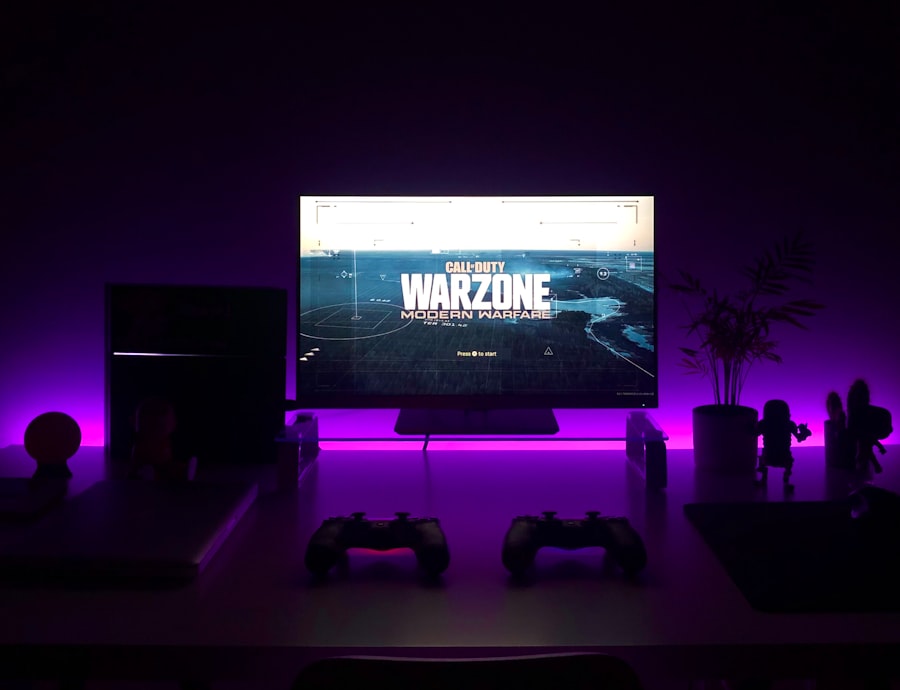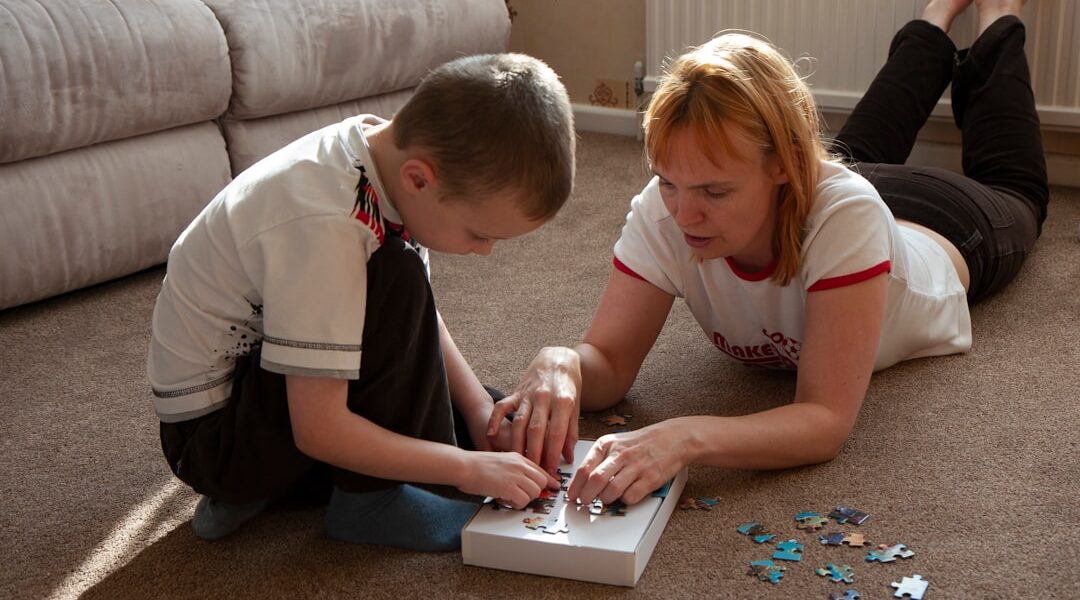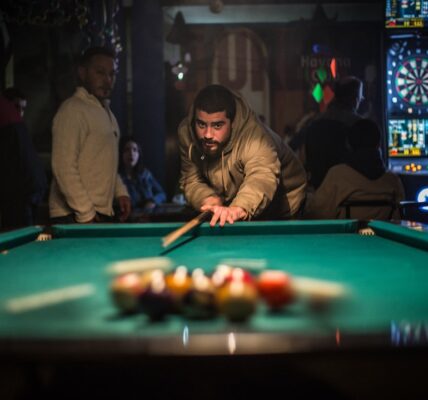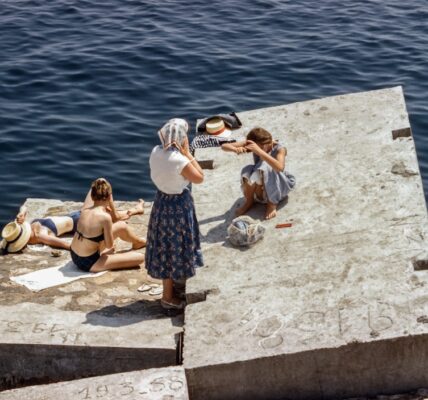Khan Academy, a renowned educational platform, has made significant strides in integrating gaming into learning, particularly through its collaboration with Minecraft. This partnership has birthed a series of educational games that leverage the immersive and engaging nature of Minecraft to teach various subjects. By utilizing a platform that is already beloved by millions of children worldwide, Khan Academy has created an innovative approach to education that resonates with students in a way traditional methods often do not.
The games are designed not only to entertain but also to educate, making complex concepts more accessible and enjoyable. The integration of Minecraft into Khan Academy’s offerings is a testament to the evolving landscape of education, where technology plays a pivotal role in shaping learning experiences. The games are crafted to align with educational standards while providing a sandbox environment where students can explore, create, and learn at their own pace.
This unique blend of gaming and education fosters a sense of agency among learners, encouraging them to take ownership of their educational journey. As students navigate through these virtual worlds, they encounter challenges that require critical thinking, problem-solving, and collaboration—skills that are essential in today’s world.
How Khan Academy’s Minecraft Games Enhance Learning
Hands-on Learning
Students engage with mathematical principles by building structures or solving puzzles that require them to apply their knowledge in real-time. This hands-on approach allows learners to visualize and manipulate mathematical ideas, making them more relatable and easier to grasp.
Experimentation and Collaboration
The interactive nature of the games encourages experimentation; students can test hypotheses and see the immediate consequences of their actions, reinforcing their understanding through trial and error. Moreover, the collaborative aspect of Minecraft fosters social learning. Students often work together in teams to complete tasks or projects, which cultivates communication skills and teamwork.
Real-World Applications
This collaborative environment mirrors real-world scenarios where individuals must work together to solve problems. By engaging in group activities within the game, students learn to negotiate, share ideas, and build consensus—skills that are invaluable in both academic and professional settings. The ability to collaborate in a virtual space also prepares students for future careers where remote teamwork is increasingly common.
The Different Minecraft Games Offered by Khan Academy

Khan Academy offers a variety of Minecraft games that cater to different subjects and age groups, each designed with specific educational goals in mind. One notable example is “Minecraft: Education Edition,” which includes lessons on coding, mathematics, and science. In these games, students can embark on quests that require them to apply their knowledge in practical scenarios.
For instance, they might need to calculate the area of land they wish to cultivate or use coding blocks to create automated systems within the game. Another popular offering is the “Minecraft Math” module, which focuses on reinforcing mathematical concepts through engaging gameplay. In this module, students can tackle challenges that involve geometry, fractions, and even basic algebra.
The game presents problems in a context that is relevant and exciting for students, such as building structures or crafting items that require precise measurements. This contextual learning helps solidify their understanding of mathematical principles while keeping them engaged in the process.
Tips for Parents and Educators on Using Khan Academy’s Minecraft Games
| Tip | Description |
|---|---|
| 1 | Encourage creativity and problem-solving skills |
| 2 | Set time limits for game play |
| 3 | Use the games as a reward for completing other tasks |
| 4 | Monitor and discuss the content of the games |
| 5 | Encourage collaboration and teamwork |
For parents and educators looking to maximize the benefits of Khan Academy’s Minecraft games, there are several strategies to consider. First and foremost, it is essential to set clear educational goals before diving into the games. Understanding what specific skills or concepts you want students to focus on will help guide their gameplay experience.
For example, if the goal is to improve problem-solving skills, parents can encourage children to tackle more complex challenges within the game that require critical thinking. Additionally, facilitating discussions around the gameplay can enhance learning outcomes. After a gaming session, parents and educators should engage students in conversations about what they learned during their time in Minecraft.
Questions like “What challenges did you face?” or “How did you solve that problem?” can prompt reflection and deeper understanding. This dialogue not only reinforces the concepts learned but also helps students articulate their thought processes, further solidifying their knowledge.
Student Success Stories from Using Khan Academy’s Minecraft Games
Numerous success stories have emerged from students who have engaged with Khan Academy’s Minecraft games, showcasing the positive impact these educational tools can have on learning outcomes. One notable example is a group of middle school students who struggled with mathematics but found renewed interest through the Minecraft Math module. Initially hesitant about math concepts like fractions and geometry, these students became enthusiastic about solving problems when they were presented in a gaming context.
Their teacher reported significant improvements in their test scores and overall confidence in math. Another inspiring story comes from a high school student who used Khan Academy’s Minecraft games as part of a project-based learning initiative. Tasked with creating a sustainable city within the game, this student applied principles of environmental science and urban planning learned in class.
The project not only deepened their understanding of sustainability but also sparked an interest in pursuing a career in environmental science. This student’s experience illustrates how engaging with educational games can lead to real-world applications of knowledge and inspire future career paths.
The Future of Khan Academy’s Minecraft Games and Their Impact on Education

Looking ahead, the future of Khan Academy’s Minecraft games appears promising as educational institutions increasingly recognize the value of gamified learning experiences. As technology continues to evolve, there is potential for even more sophisticated integrations within the Minecraft platform that could enhance interactivity and personalization. For instance, incorporating artificial intelligence could allow for adaptive learning experiences tailored to individual student needs, ensuring that each learner progresses at their own pace.
Moreover, as educators seek innovative ways to engage students in remote or hybrid learning environments, Khan Academy’s Minecraft games could serve as a vital resource. The ability to create collaborative projects within a virtual space allows for continued social interaction among peers, which is crucial for maintaining engagement during periods of distance learning. As more schools adopt these tools into their curricula, we may witness a shift in educational paradigms where gaming becomes an integral part of the learning process rather than an ancillary activity.
In conclusion, Khan Academy’s Minecraft games represent a significant advancement in educational technology, merging play with learning in ways that resonate with today’s learners. By fostering critical thinking, collaboration, and creativity through immersive gameplay, these games not only enhance academic skills but also prepare students for future challenges in an increasingly complex world. As we look toward the future, it is clear that the impact of these innovative educational tools will continue to shape how we approach teaching and learning across various disciplines.




